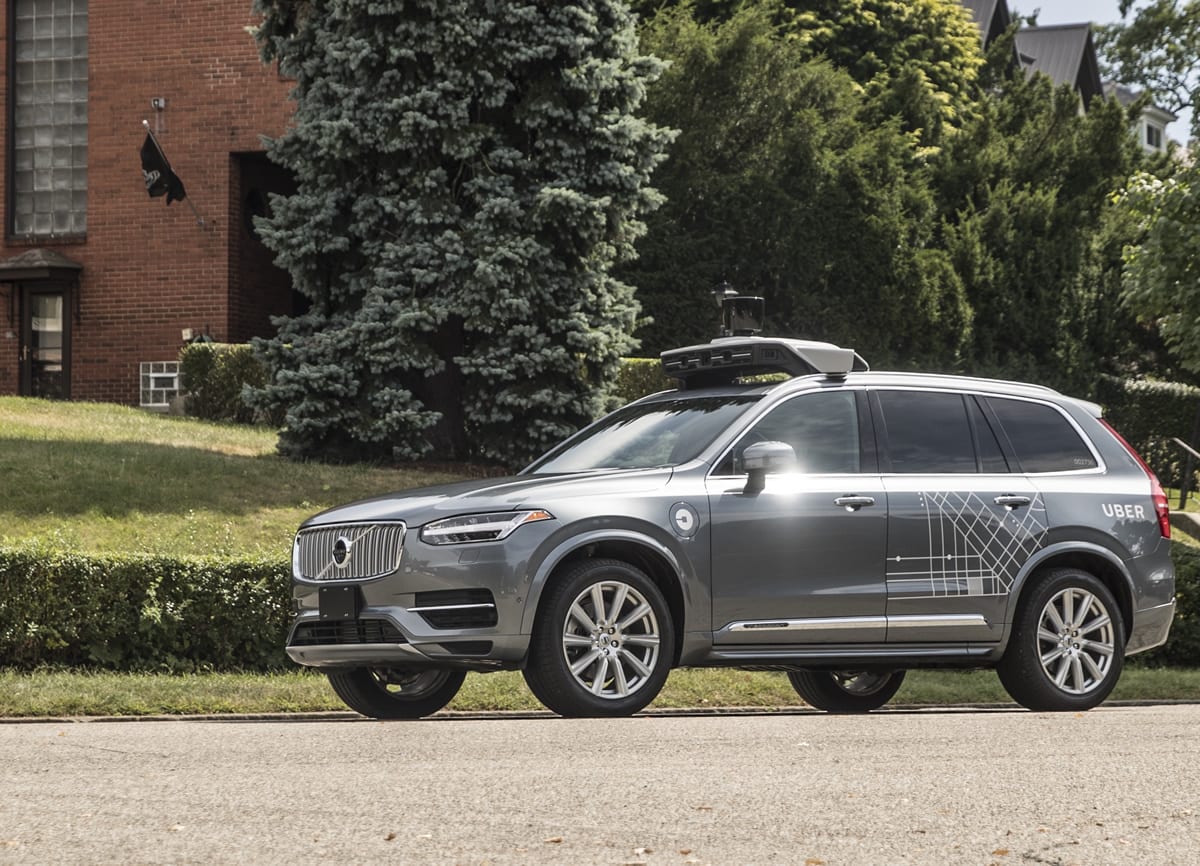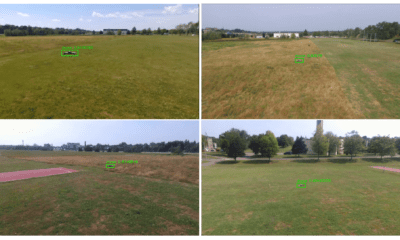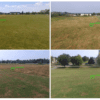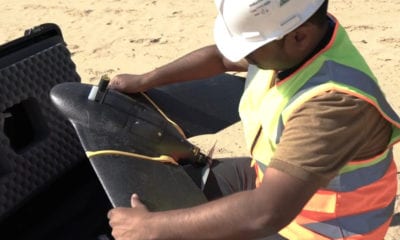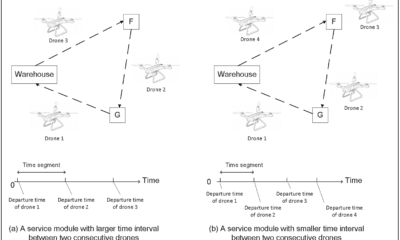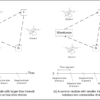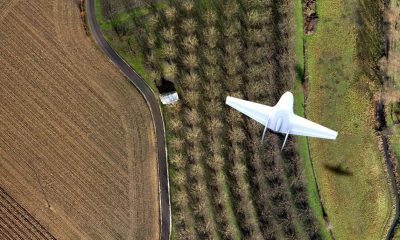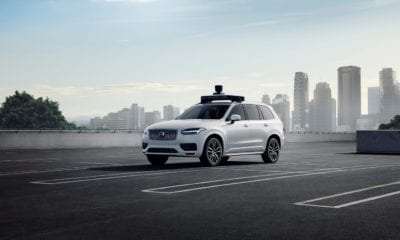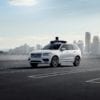Uber Eyes IPO and Spies an Autonomous Future
Uber filed its S-1 last week with the U.S. Securities and Exchange Commission, setting the stage for its initial public offering next month. This comes less than one month after competitor Lyft’s debut on the public market. Uber is listing under the New York Stock Exchange under the symbol “UBER,” but has yet to disclose the anticipated initial public offering price. Uber could be valued at up to $120 billion when it lists – according to the banks Morgan Stanley and Goldman Sachs, surpassing Facebook ($104 billion in 2012) and Google ($23 billion in 2004).
Uber believes that autonomous vehicles will be an important part of its offerings over the long term, namely that AVs can increase safety and making rides more efficient and lower prices for customers.
However, the transportation company struck a more conservative tone in the prospectus on how and when autonomous vehicles will be deployed. Though Uber is convinced that self-driving cars are the future of its business it warns investors, they could be a total bust for the company.
Uber noted that it’s Advanced Technologies Group (ATG) — the group heading up development of its driverless solutions — has grown from a team of 40 Pittsburgh-based researchers in 2015 to a 1,000-person workforce spread across offices in San Francisco and elsewhere. It incurred $457 million of research and development expenses in 2018, a year after Uber opened an ATG unit in Toronto and said it would invest more than $150 million to grow its self-driving car and AI operations there. Uber also revealed that it’s collected data from “millions” of autonomous vehicle testing miles to date and completed “tens of thousands” of passenger trips with a fleet of 250 vehicles. ATG has built more than 250 self-driving vehicles and has three partnerships — Volvo, Toyota and Daimler — that illustrates the company’s multi-tiered strategy to AVs.

Uber contends it is well-suited to balance that potentially awkward in-between phase when both human drivers and autonomous vehicles will co-exist on its platform.
Talking about a long period of “hybrid autonomy” and Uber said it will continue to rely on human drivers for its core business for the foreseeable future. Saying that even when autonomous vehicle taxis are deployed, it will still need human drivers for situations that ‘involve substantial traffic, complex routes, or unusual weather conditions’ the company wrote in the S-1 that Human drivers will also be needed during concerts, sporting events and other high-demand events that will “likely exceeds the capacity of a highly utilized, fully autonomous vehicle fleet,”.
“Drivers are therefore a critical and differentiating advantage for us and will continue to be our valued partners for the long-term,” Uber further wrote.
Uber has a mixed track record when it comes to self-driving car research, to put it mildly. It restarted tests of its driverless cars in Pittsburgh last December, eight months after one of its prototype Volvo SUVs struck and killed a pedestrian in Tempe, Arizona, and began manual tests in San Francisco and Toronto.
This summer, the National Transportation Safety Board (NTSB) determined that Uber engineers had disabled the automatic emergency braking system in the Volvo XC90 involved in the accident. Following the crash, Uber halted self-driving tests across the country and laid off 100 of its autonomous vehicle operators.
In a voluntary safety assessment filed with the NTSB, Uber said that with newly established systems engineering testing team it’s now better positioned “to reason over many possible outcomes to ultimately come to a safe response,” and that it intends to form a self-driving safety advisory board of outside experts. It also said that it spent months testing its self-driving technology on a closed track and completed a lengthy internal review, and that it hired an advisor — former National Transportation Safety Board (NTSB) chair Christopher Hart — to assess its safety culture.
The bumps in the road haven’t deterred investors. Earlier this year, Reuters reported that group led by SoftBank and Toyota is in talks to invest $1 billion or more into Uber’s self-driving vehicle unit, which would value the unit at $5 billion to $10 billion. It might have competition in spades — Waymo, Cruise Automation, Tesla, Apple, Zoox, Aptiv, May Mobility, Pronto.ai, Aurora, and Nuro, to name a few — but in a global market that’s forecast to hit revenue of $173.15 billion by 2023, there’s plenty of cash to go around.
Uber is convinced that self-driving cars are the future of its business.

